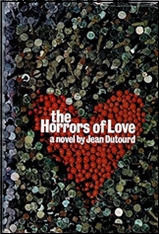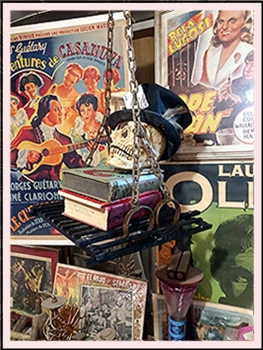Thu 17 Apr 2025
A Western Movie Review by Jonathan Lewis: THE SPIKES GANG (1974).
Posted by Steve under Reviews , Western movies[4] Comments

THE SPIKES GANG. United Artists, 1974. Lee Marvin (Harry Spikes), Gary Grimes, Ron Howard, Charles Martin Smith, Arthur Hunnicutt, Noah Beery Jr. Loosely based on the novel The Bank Robber, by Giles Tippette. (See comment #1.) Director: Richard Fleischer.
The Spikes Gang begins with what can only be described as unrealistic, perhaps a little too innocent, dialogue. A wounded bank robber by the name of Harry Spikes (Lee Marvin) is saved by three teenage boys: Wil (Gary Grimes), Tod (Charles Martin Smith), and Les (Ron Howard). Recovering in Wil’s family’s barn, he develops a budding friendship with them.
Problem is: Spikes doesn’t talk, nor act, like a bank robber or a killer. He’s too genial and the boys, in a state of semi-awe, also sound too saccharine in their dialogue. Only in the second half of the film does one realize that this was all put on screen for a purpose. As it turns out, The Spikes Gang is as much a tragic coming of age story as it is a western.

After a recuperated Spikes leaves on Wil’s horse, Wil decides to leave his family’s homestead and seek new adventures elsewhere. His friends Tod and Les come along for the ride, both literal and proverbial. What begins as a grand adventure, however, quickly turns sour. The boys realize they have no money, no food, and no source of steady employment.
So what do they do? You guessed it. They rob a bank. In the process, Tod kills a state senator. The boys are now outlaws. And where do Texas outlaws go? Mexico, of course. That’s where they reunite with Harry Spikes and form the eponymous Spikes Gang.

The theme of the movie is the loss of innocence. The boys who stood in awe in front of Harry Spikes at the beginning of the movie soon realize that he’s no angel and no role model. He is a self-centered egotist who only looks after himself, even if it means selling the boys down the river for a pardon from the governor.
Overall, I rather enjoyed this one. It’s somewhat unconventional, to be sure. It reminded me in some ways of Will Penny (1968) which I reviewed here years ago. That’s high praise.
















